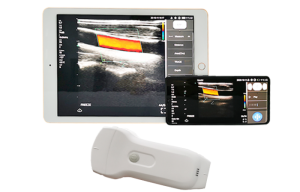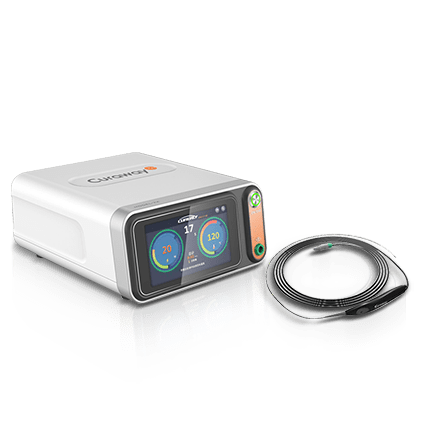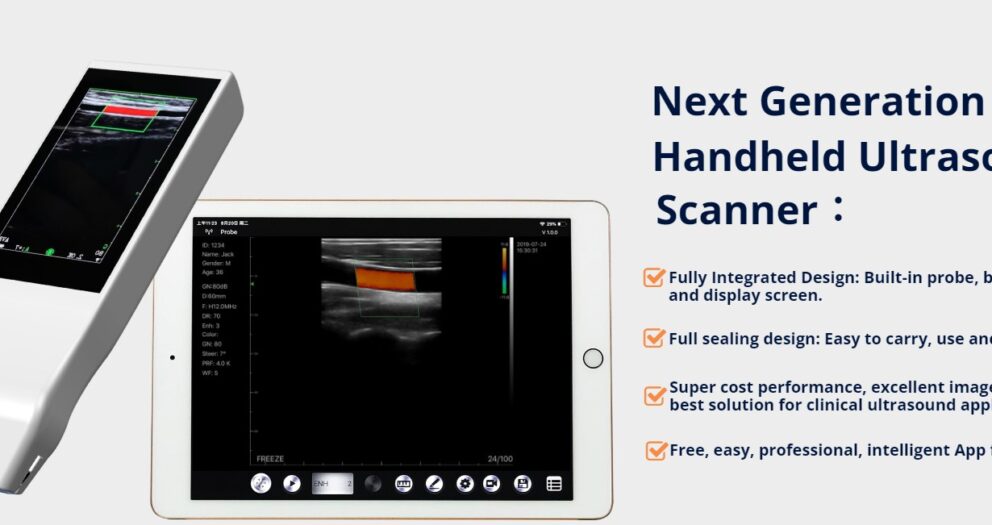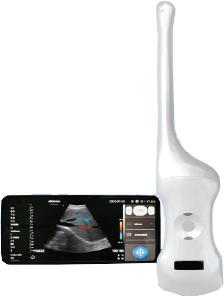Wireless Ultrasound in Bangladesh
The medical industry in Bangladesh is undergoing a transformation, thanks to the advent of wireless ultrasound technology. These portable, handheld devices are revolutionizing diagnostic imaging, making it more accessible, affordable, and efficient. In this comprehensive guide, we will explore the landscape of wireless ultrasound in Bangladesh, including its significance, applications, leading brands, suppliers, and the impact it’s having on healthcare professionals and patients.
Understanding Wireless Ultrasound Technology
Wireless ultrasound devices are portable imaging tools that use wireless technology to connect to smartphones, tablets, or laptops. These devices operate without the bulky consoles associated with traditional ultrasound machines, enabling greater mobility and ease of use. They deliver real-time imaging with high resolution, making them ideal for various medical applications.
Key Features
- Portability: Compact and lightweight, suitable for point-of-care (POC) use.
- Wireless Connectivity: Transmits images to smart devices via Wi-Fi or Bluetooth.
- Ease of Use: Intuitive interfaces and compatibility with multiple platforms.
- Cost-Effectiveness: A more affordable option compared to traditional ultrasound systems.
- Advanced Imaging: Includes features like color Doppler, Power Doppler and PDI imaging.
The Growing Need for Wireless Ultrasound in Bangladesh
Bangladesh’s healthcare system faces challenges such as a shortage of medical infrastructure and accessibility in rural areas. Wireless ultrasound devices address these issues by:
- Bringing Diagnostics to Remote Areas: Portable devices enable doctors to perform imaging in under-served regions.
- Improving Emergency Care: Quick imaging in emergency settings aids in faster decision-making.
- Enhancing Telemedicine: Real-time imaging facilitates remote consultations.
- Cost Reduction: Lowering diagnostic costs for patients and healthcare providers.
Applications of Wireless Ultrasound Devices
Wireless ultrasound devices are versatile and cater to a wide range of medical fields. Below are some of their primary applications:
1. Vascular Medicine
- Diagnosis of Varicose Veins: Helps vascular specialists assess venous insufficiency.
- Arterial Imaging: Provides detailed images of arteries to identify blockages or aneurysms.
- Guided Procedures: Used for endovenous procedures such as radiofrequency ablation.
2. Obstetrics and Gynecology
- Fetal Monitoring: Allows real-time imaging of the fetus during pregnancy.
- Gynecological Examinations: Useful for diagnosing uterine and ovarian conditions.
3. Emergency Medicine
- Trauma Care: Rapid imaging for internal injuries in trauma patients.
- Cardiac Assessment: Quick scans for pericardial effusion or heart function.
4. Primary Care
- Point-of-Care Imaging: Enables family physicians to perform immediate diagnostic scans.
- Lung and Abdominal Imaging: Assists in diagnosing conditions like pneumonia and gallstones.
5. Veterinary Medicine
- Animal Diagnostics: Portable ultrasound is equally effective for diagnosing pets and livestock.

Top Brands of Wireless Ultrasound in Bangladesh
Several international and local brands have made their mark in Bangladesh by offering high-quality wireless ultrasound devices. Some of the most popular ones include:
1. SonoHealth
A globally recognized Chinese brand,
SonoHealth is known for its advanced handheld wireless color Doppler ultrasound devices. Features include:
- High-resolution imaging.
- Long battery life.
- User-friendly interface.
Suppliers of Wireless Ultrasound in Bangladesh
Bangladesh has several reliable distributors that supply wireless ultrasound devices. Here are some notable ones:
1. Unique Medi Trade
Unique Medi Trade is a leading supplier known for its exceptional support and rapid growth. They offer:
- SonoHealth devices.
- Comprehensive after-sales support.
- A dedicated team of biomedical engineers.
How Wireless Ultrasound is Impacting Healthcare
The adoption of wireless ultrasound in Bangladesh is having a profound impact on both healthcare professionals and patients:
1. Improved Access
Portable devices are making it possible to deliver diagnostic services in remote and under-served areas, bridging the healthcare gap.
2. Enhanced Efficiency
Doctors can now perform point-of-care imaging, leading to faster diagnosis and treatment.
3. Cost Savings
Wireless ultrasound devices reduce the need for patients to travel to specialized diagnostic centers, cutting costs significantly.
4. Better Training
These devices are being used in medical schools and training programs to familiarize young professionals with cutting-edge technology.
Challenges and Solutions
Despite its advantages, the adoption of wireless ultrasound devices in Bangladesh faces some challenges:
1. High Initial Costs
- Challenge: The cost of acquiring these devices can be a barrier for small clinics.
- Solution: Flexible financing options and government subsidies could encourage wider adoption.
2. Lack of Awareness
- Challenge: Many healthcare providers are unaware of the benefits and capabilities of wireless ultrasound.
- Solution: Conducting workshops, seminars, and demonstrations can raise awareness.
Future Prospects of Wireless Ultrasound in Bangladesh
The future of wireless ultrasound in Bangladesh looks promising. With advancements in technology and increased awareness, the adoption rate is expected to grow exponentially. Key trends to watch include:
- Integration with AI: AI-powered analysis will make diagnostics faster and more accurate.
- Telemedicine Expansion: Real-time image sharing will enhance remote consultations.
- Private Sector Investments: Increased involvement from private healthcare providers.
Conclusion
Wireless ultrasound technology is transforming the healthcare landscape in Bangladesh. Its portability, affordability, and efficiency are making diagnostic imaging more accessible to both urban and rural populations. With the active participation of suppliers like Praxis HealthCare, Unique Medi Trade, and SonoWave Technologies, along with trusted brands like Konted and SonoStar, the future of wireless ultrasound in Bangladesh is bright.
Whether you’re a healthcare provider looking to upgrade your diagnostic capabilities or a patient seeking better access to imaging services, wireless ultrasound devices are the way forward. As Bangladesh continues to embrace this innovative technology, the country is poised to set an example for other developing nations in revolutionizing healthcare.





